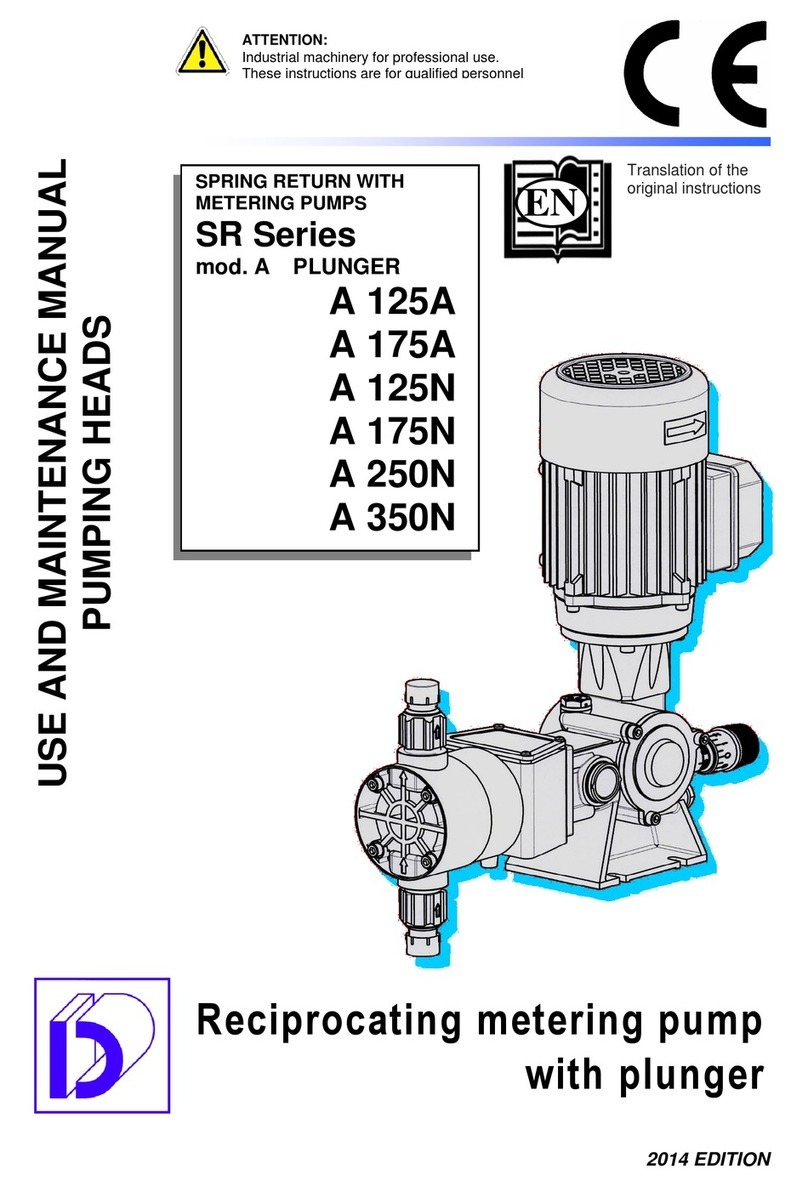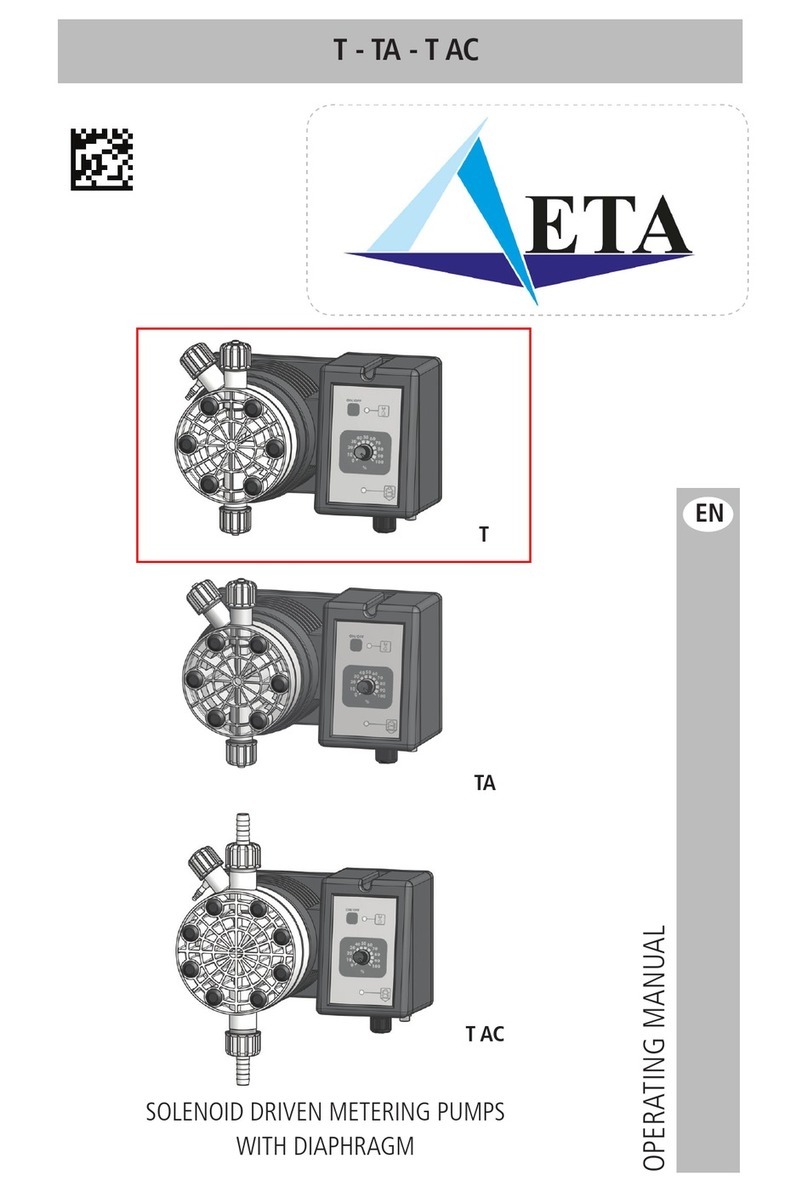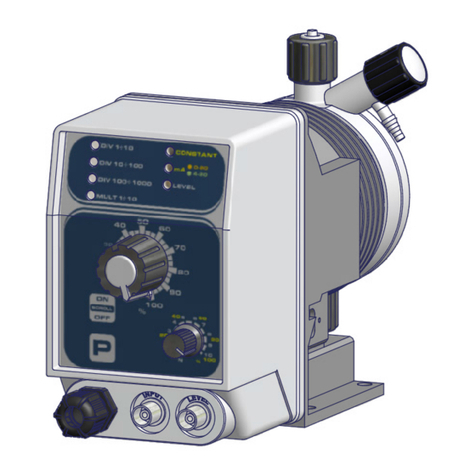
8 www.eta.co.at
Function Description
4.2 Function
Potentiometer and operating display
The temperature of the hot water can be set with the
potentiometer on the under side, from 40°C to 60°C.
The LED that is attached next to it shows the current
operating condition as well as any faults regardless of
the light colour and the flashing frequency.
The potentiometer is only active if the fresh water
module is operated without the ETAtouch
controller.
1 LED for operating display
2 Potentiometer to set the hot water temperature
Operating displays of the LEDs
•Flashing GREEN (1x per second):
The fresh water module is in preparation.
•GREEN lights:
Thefreshwatermodule is inoperationanddelivers
hot water.
•Flashing YELLOW (1x per second):
The fresh water module is ready, but in emergency
mode without admixing pump.
•YELLOW lights:
The fresh water module is in emergency mode and
delivers hot water.
Fault displays of the LEDs
•Flashing RED (1x every 4 seconds):
The temperature sensor for the hot water is
defective.
•Flashing RED (2x every 4 seconds):
The temperature sensor for the hot water flow is
defective.
•Flashing RED (3x every 4 seconds):
The temperature sensor for the hot water return is
defective.
•Flashing RED (4x every 4 seconds):
The potentiometer for manual setting of the hot
water temperature is defective.
•Flashing RED (5x every 4 seconds):
Automatic venting by the admixing pump does not
work. There may be air in the primary circuit of the
fresh water module. Or the admixing pump,
cabling or the outlet on the circuit board is
defective.
If emergency mode is activated, it still attempts to
produce hot water.
To remedy, vent the fresh water module or activate
the function [Automatic venting].
•Flashing RED (6x every 4 seconds):
The hot water is not heated. The buffer may be
cold or the lines are blocked. Also check the func-
tionality of the buffer pump. If it is defective, you
can try to produce hot water by replacing the
admixing pump and activating emergency mode.
The fresh water module works autonomously.
The basic functions of the fresh water module are
already configured at the factory, also without CAN-
Bus connection to boiler. In this way, the fresh water
module can be put into operation immediately as soon
as the buffer delivers heat. Power is supplied via a
230 V earthed socket.
The temperature of the hot water can be set with the
potentiometer on the under side, from 40 °C to 60 °C.
The LED that is attached next to it shows the current
operating condition as well as any faults.
Even if the fresh water module works autono-
mously, a CAN-Bus connection to the ETAtouch
controller is recommended. This enables multiple
settings for the hot water and any faults are reported
back.
How the fresh water module works
If hot water is drawn off, the flow sensor starts up the
buffer pump of the fresh water module. The hot heating
water is directed through the primary side of the plate
heat exchanger, heating it up.
































